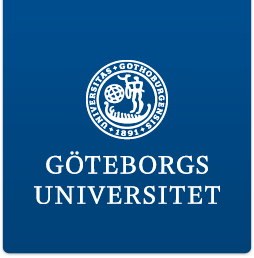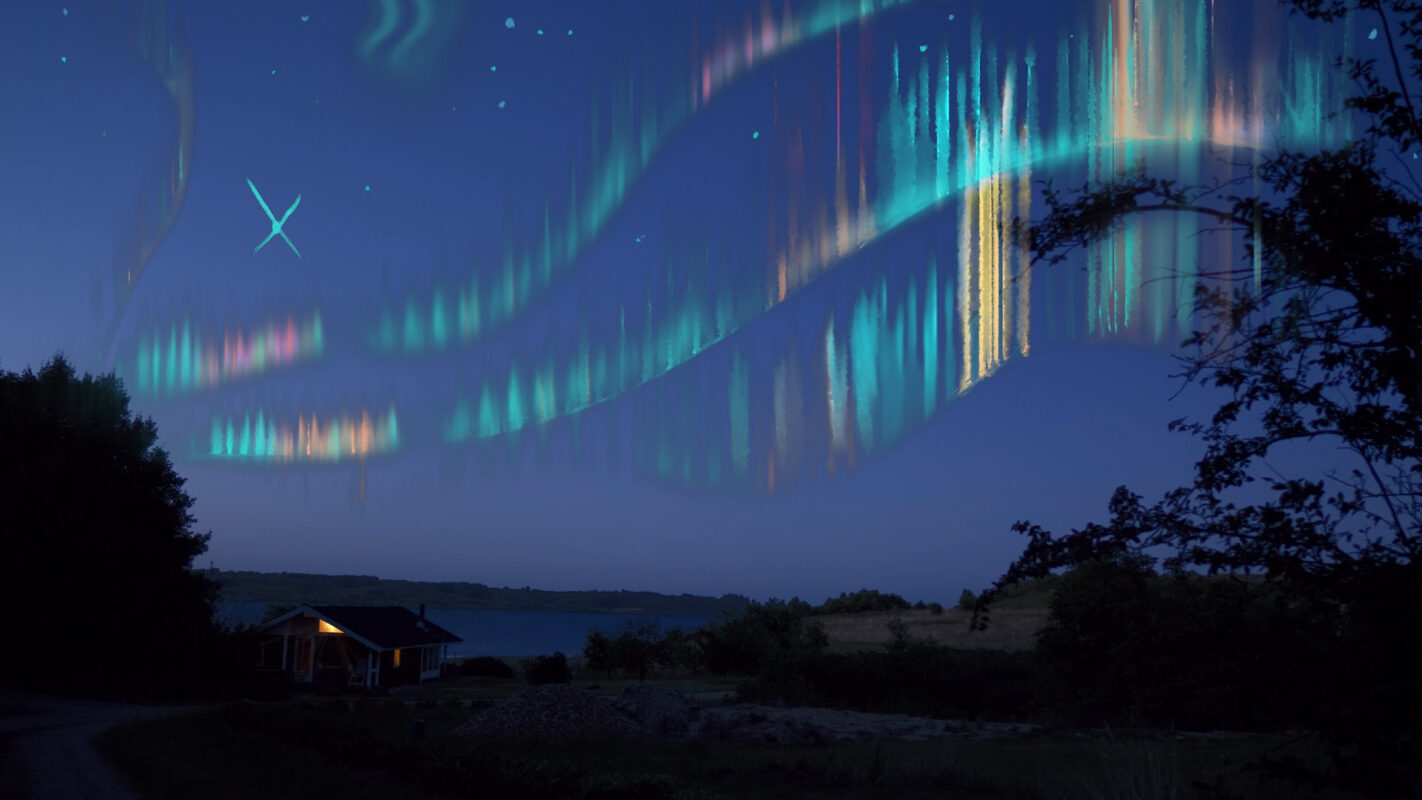Arctic Love Parade
Duration: 15 minutes
Synopsis
Have you met the Danes who fell in love with Greenland? In Arctic Love Parade, Danes who have lived in Greenland exhibit their Arctic souvenirs. The objects become a starting point for a reflection on colonial dynamics. Where do we draw the line between love, desire and objectification in colonial relations?
Biography of the director
Louise Hollerup’s work reflects on the emotional aspect of colonial dynamics. Earlier experiments include Kikkut Qallunaajuppat? Who are the Danes? (2016) and The Hairy Stories Trilogy (2018), three short films about body hair. She holds an M.Sc. with specialisation in Visual Anthropology from Eye & Mind Laboratory, Aarhus University.
Louise Hollerup
lhollerup@gmail.com
www.louisehollerup.com
Artist Statement
Director Louise Hollerup is fascinated by the emotional side of Danish colonial history. She grew up with her grandparents’ stories from the years they spent as schoolteachers in Nuuk. Whilst listening to these stories, she started to see a pattern, a kind of ‘narrative-DNA’ that seemed to apply to other Danes’ stories about Greenland as well. On a deeper level, these stories appeared to say more about the storytellers themselves than anything else.
In Arctic Love Parade (2021, 15 min.) Hollerup collects ordinary Danish people’s stories about Greenland, trying to learn more about the ‘narrative-DNA’ of Danish colonialism. By presenting personal stories of ordinary people to the viewer, she puts forward lived experience and personal investment into matters that are often only spoken about in macroeconomic terms. In this way, Arctic Love Parade explores how colonialism can be the background carpet for the happiest of family memories or a wonderful vacation.
With this film, Hollerup invites all colonial heirs, like herself, to reflect critically upon the positive emotions and experiences they can have of their participation in colonial structures. By doing so she hopes to contribute to a reconciling conversation about the past, present and future of colonial relations. What happens if we think of our fascination and attraction to the Other in the light of a broader historical perspective? Is it possible to acknowledge our emotional investment in colonial structures, and the vulnerability this entails, whilst keeping in mind the harsh consequences for those on the other side of the equation?




